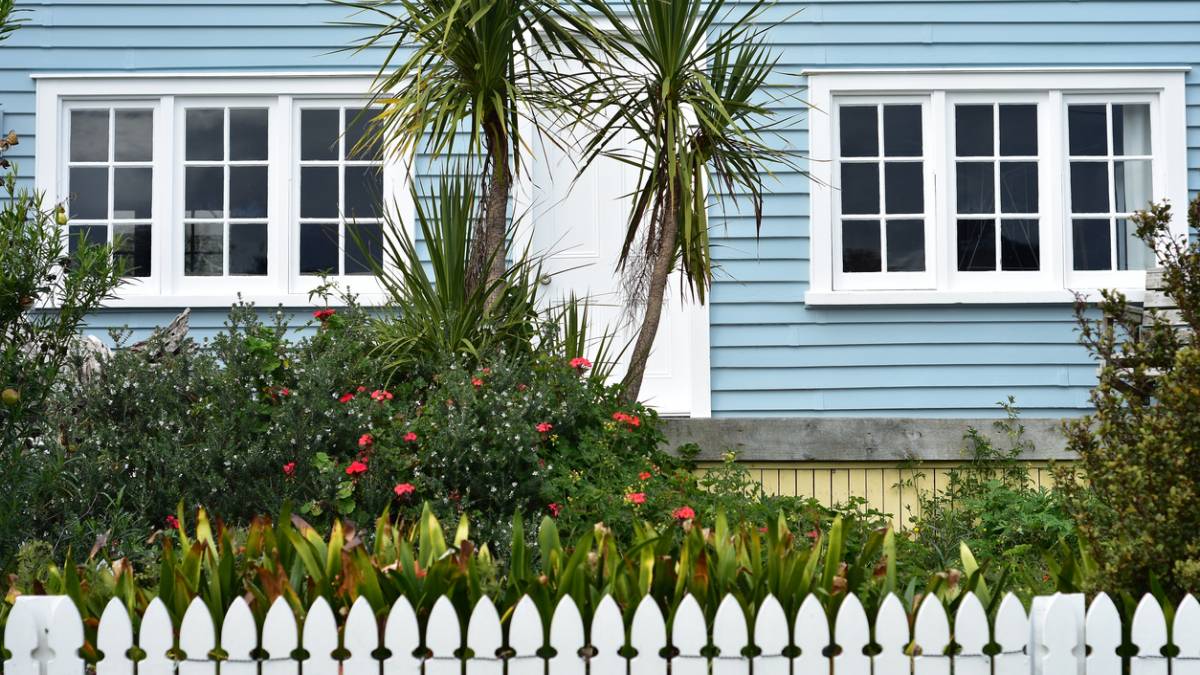Making the Most of Your Weatherboard Renovation
Are you planning a home renovation? Upgrading your weatherboards could be just the thing to give your home a fresh look. These exterior cladding materials, often made of timber, offer both practicality and style.
That’s why we’ve put together this article to help you understand what you need to consider when working on your weatherboards. From choosing the right material to understanding installation techniques, we’ll explore key considerations and factors so you can ensure that your renovation project is a success.
Things to consider when working on your weatherboards
Weatherboard stops
Weatherboard stops are often used in Australian home renovations to provide a protective barrier against moisture and harsh weather conditions. They are typically made of metal, wood, or plastic and are installed between the weatherboards and the fascia board for an added layer of protection.
Weatherboard stops help extend the life of the weatherboards by preventing water from getting behind the boards and causing rot or damage. They also help prevent wind from lifting up the boards, which can cause them to come loose or fall off.
Weatherboard stops should be used when a property is exposed to extreme temperatures, high wind speeds, frequent rain, or other harsh weather conditions that could compromise the integrity of the structure.
Finish
Another factor to consider when choosing weatherboards is their finish. Low sheen or semi-gloss are typically recommended to ensure they stay looking as good as new for as long as possible.
This finish will provide protection against the harsh Australian climate. The UV rays from the sun can quickly cause fading and discolouring to your weatherboards if they are not properly protected. A low sheen or semi-gloss finish will also stand up better to rain and other precipitation, helping to prolong the life of your weatherboards.
Protective coating
Aside from the finish, consider the protective coating. For instance, a Masonite weatherboard is a type of siding panel made from compressed wood fibres and covered with a protective coating. It is designed to resist water, mould, and insect damage, making it an excellent choice for areas with high humidity or harsh weather conditions.
This also provides good insulation, allowing homes to stay warmer in the winter and cooler in the summer. Masonite weatherboard is easy to install and can be painted any colour desired.
Moisture management
Moisture management is a critical aspect of working with weatherboards to maintain the integrity of your home and prevent water-related issues. Weatherboards serve as a protective barrier against moisture infiltration, but without proper installation and maintenance, water can seep in and cause damage to the underlying structure.
Detailing
External architraves weatherboards are also popular for homeowners looking to add sophistication to their home. These architraves not only improve the look of your weatherboards but they also provide additional weather protection.
If you’re considering a half-brick half weatherboard cladding system, it is important to understand that a few different configurations are available. The most common configuration involves a layer of bricks being laid down and then a thin layer of weatherboard mounted on top.
For those seeking an environmentally friendly option, Weathertex is a good option. This type of weatherboard is made of compressed wood pulp, making it an eco-friendly and natural option. Weathertex is also resistant to moisture, making it an excellent choice for homeowners in areas with heavy rainfall. However, be aware of any complaints on issues with stains and durability.
Nailing weatherboards
When it comes to nailing weatherboards, understand the best practices and know your weatherboard wall thickness. It is important to use galvanised nails to avoid corrosion over time. Moreover, place the nails close to the edge of the board to prevent splitting. Ensure that nails are not overdriven, as this can cause the board to crack.
If you are considering weatherboard replacement options, know that there may be concerns if old asbestos-containing materials need to be removed. With this, it’s ideal to seek professional help when considering weatherboard replacements.
Lastly, when researching weatherboards, it is important to be aware of any potential concerns or complaints. Weathertex complaints, for example, include issues with stains and durability, so it is important to do your research and take these factors into consideration when choosing your weatherboards.
Wrapping it up
Careful consideration of the elements above when working on your weatherboards can ensure your weatherboard project is set up for success. Combining all of these factors ensures that your chosen weatherboard is functional and aesthetically pleasing while protecting your home from avoidable damage. If you’re ready for the renovation, call a professional to assist you with the job.
